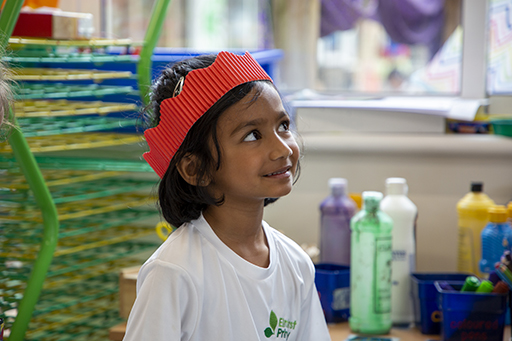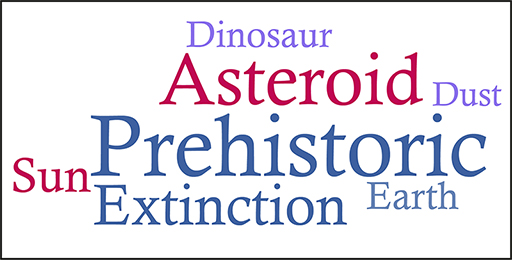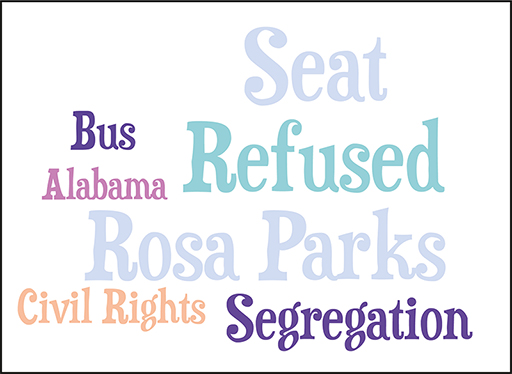2 Narrative: understanding the world
It is through narrative that human beings construct and understand the world around them (Bruner, 1990). As the literary scholar Hardy (1977) argued, people dream and daydream in narrative, and remember past events and plan future ones in narrative. You generate narratives to hope, to anticipate, to worry, to complain and to persuade, and you also create stories about yourself and about others in order to understand how you fit in the world.

Narrative is a vehicle through which children learn about the world from the experiences of others, and through which they construct their own knowledge and perspectives. The educationalist, Harold Rosen argued that narrative is essential for children’s cognitive, social and emotional development, proposing that it is ‘a supreme means of rendering otherwise chaotic, shapeless events into a coherent whole saturated with meaning’ (1988, p. 164). Activity 1 exemplifies Rosen’s point.
Activity 1 Constructing narrative to understand the world
Read each of the words in the first word cloud below.
Did you read seven individual words, or did you start to piece together a narrative that tells of a prehistoric event?
Of course, this is a story that can be told at varying levels of complexity, yet through this narrative you can learn about and understand a mass extinction. However, did you feel any connection with the characters in your story? Did it evoke empathy or feeling of injustice?
Now read the words in the second word cloud and think about whether the narrative you create affects you differently.
Comment
You may have again constructed a narrative that told of a historic event. How did this narrative differ? Did you feel a sense of connection or empathy? Did it evoke feelings or emotions? Did it resonate with your sense of justice?
This activity illustrates how you think about and organise your understanding of the world through narrative. Children who regularly experience stories learn about the world and about key concepts across the curriculum. They also learn to use narrative as a tool to organise ideas and events coherently, and to think and develop personal perspectives (Bruner, 1990).
Children’s intrinsic drive to make sense of the world through narrative is clearly visible in their symbolic and imaginary play. This is where children learn to distinguish between the worlds of ‘what is’ and ‘what if’.


